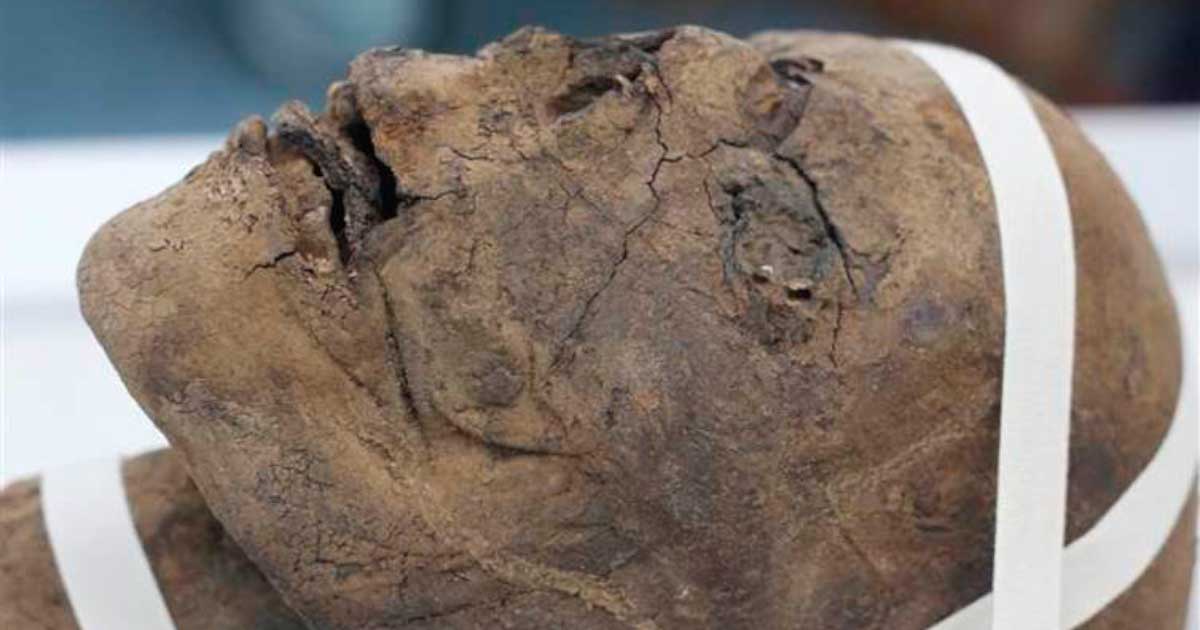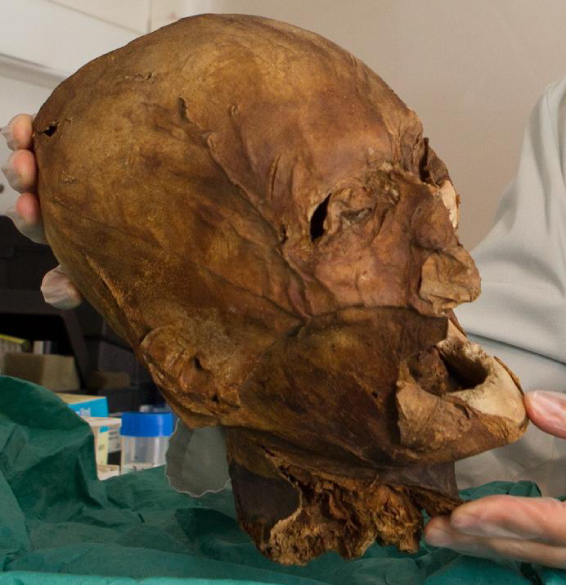Egyptian noblewomen living 3,000 years ago had a special balm applied to their hair which ensured their preservation for millennia.
The hair was analysed at the Kurchatov institute in Moscow to discover how it was so well preserved as scientists sought answers to the ever-lasting curls.
Scientists found evidence of a combination of beef fat, castor oil, beeswax, pine gum and a drop of aromatic pistachio oil as an optional extra.

The hair of mummies was analysed by scientists from the Kurchatov institute in Moscow to discover how it was so well preserved. The individuals lived around 3,000 years ago
/https%3A%2F%2Ftf-cmsv2-smithsonianmag-media.s3.amazonaws.com%2Ffiler_public%2Feb%2F98%2Feb98fcaf-7e62-4753-b5e0-1c8dc35b6bb4%2Fevidence-of-drug-use-d-1.jpeg)
Egyptian noblewomen living 3,000 years ago used a special balm on their hair and it aided in preserving their curls for millennia (pictured, the hair which survived)
The Russian scientists believed that the body was treated with two embalming concoctions, one to preserve the hair and one to preserve the body.
This theory was proved correct and the bodies dated back to the first millennium BC.
‘We carried research on three Ancient Egyptian mummies,’ said Dr Viktor Pozhidayev, a senior researcher at the institute’s biotechnology and bio-energy department.
‘It was astonishing to see their long hair being so meticulously styled, with no lock out of place,’ he said.

‘We had the idea that special embalming compositions were used for their processing, and decided to find out their recipe.’
Mass spectrometry was used to detect organic substances used in the embalming mix on hair of mummies of two women and one man.
To correctly identify the balm’s ingredients, which have degraded over thousands of years, researchers recorded infrared spectrums before and after treatment with solvents.
The result of the analyses showed the presence of beef fat, castor oil and beeswax.

Further study identified abietic and dehydroabietic acids, the most well-known acids in pine tree resin, which pointed to its use in the embalming composition.
Two of the three mummies had fragrant pistachio oil in their hair balms.